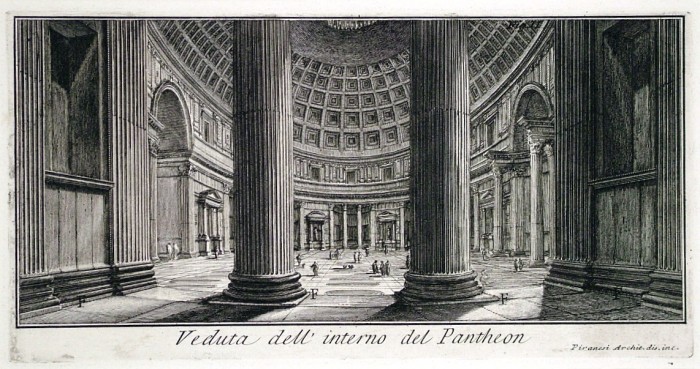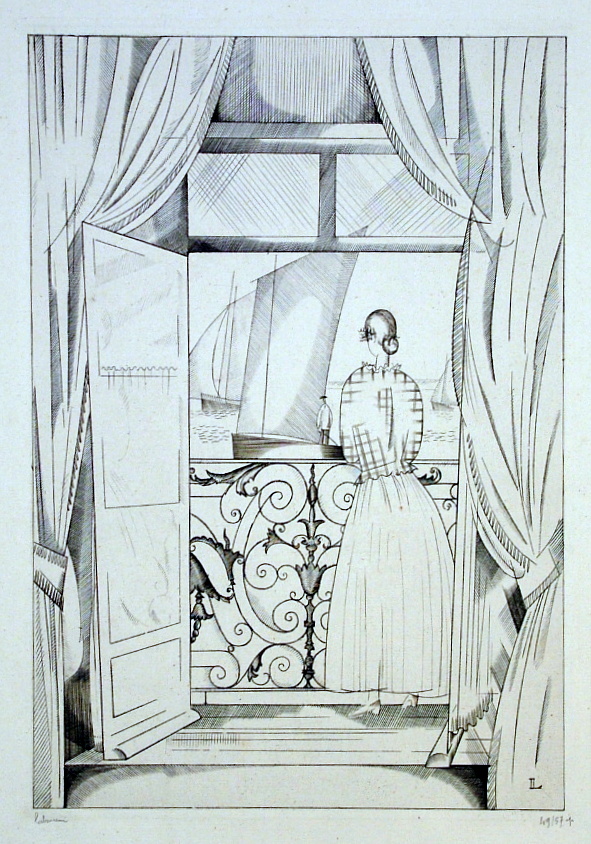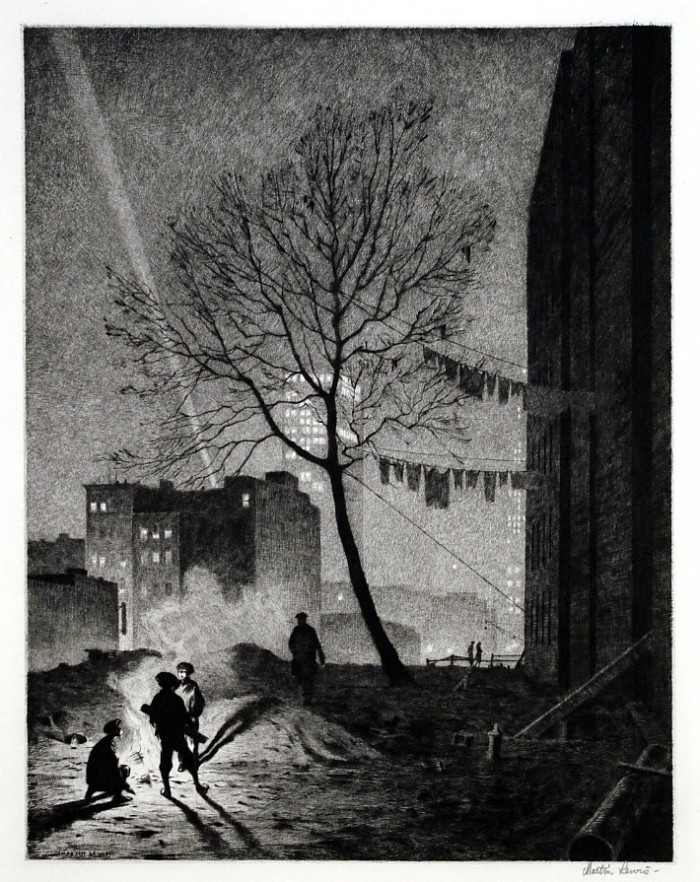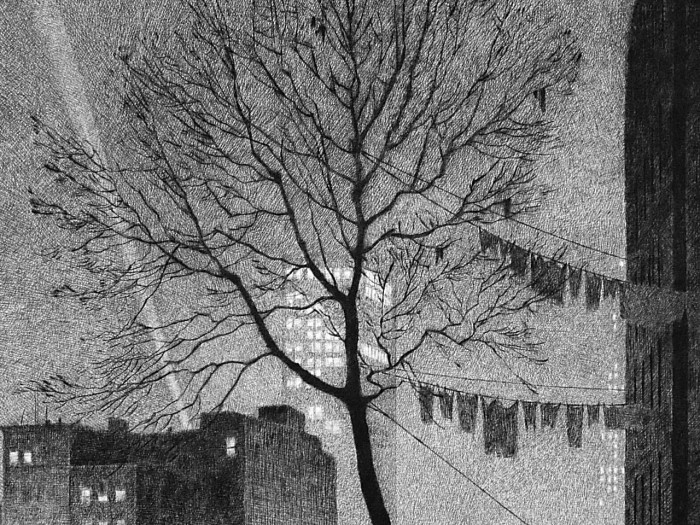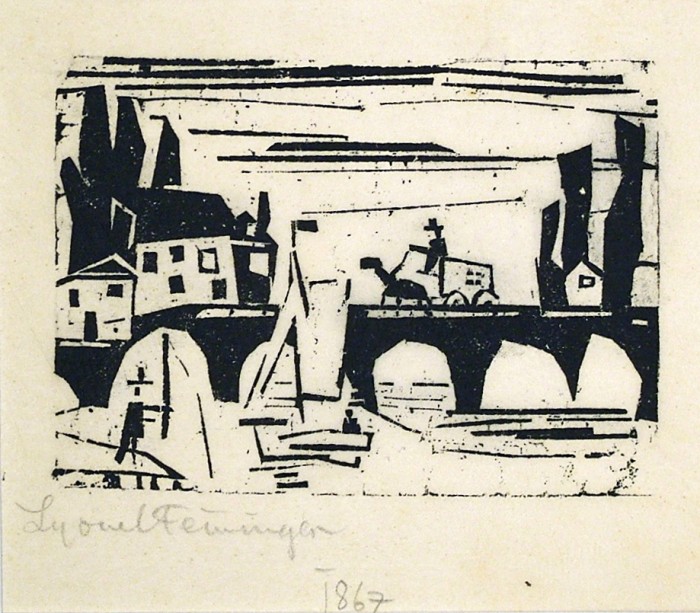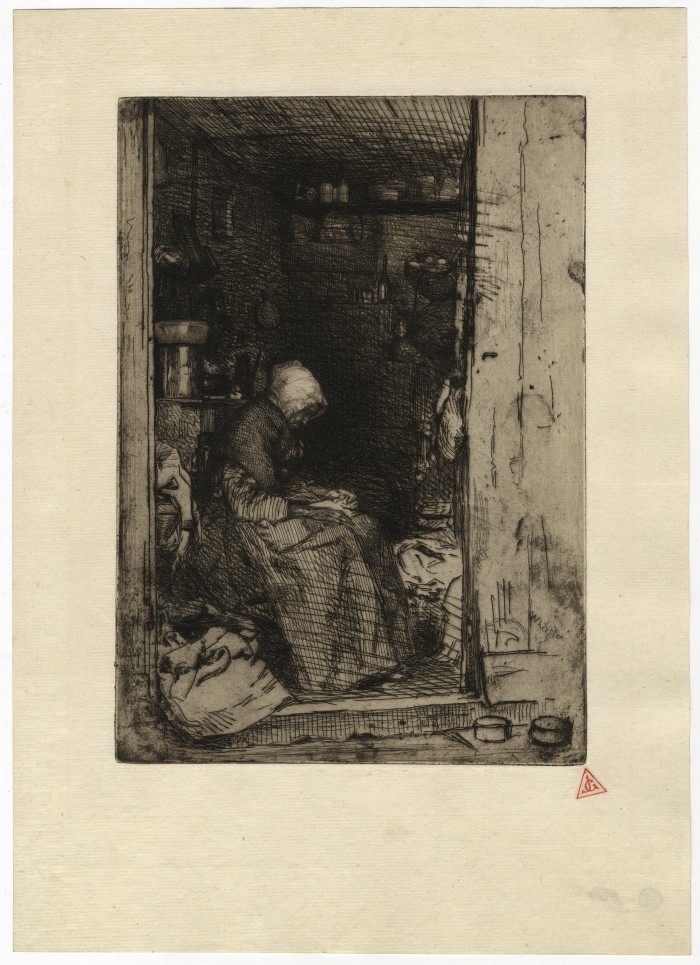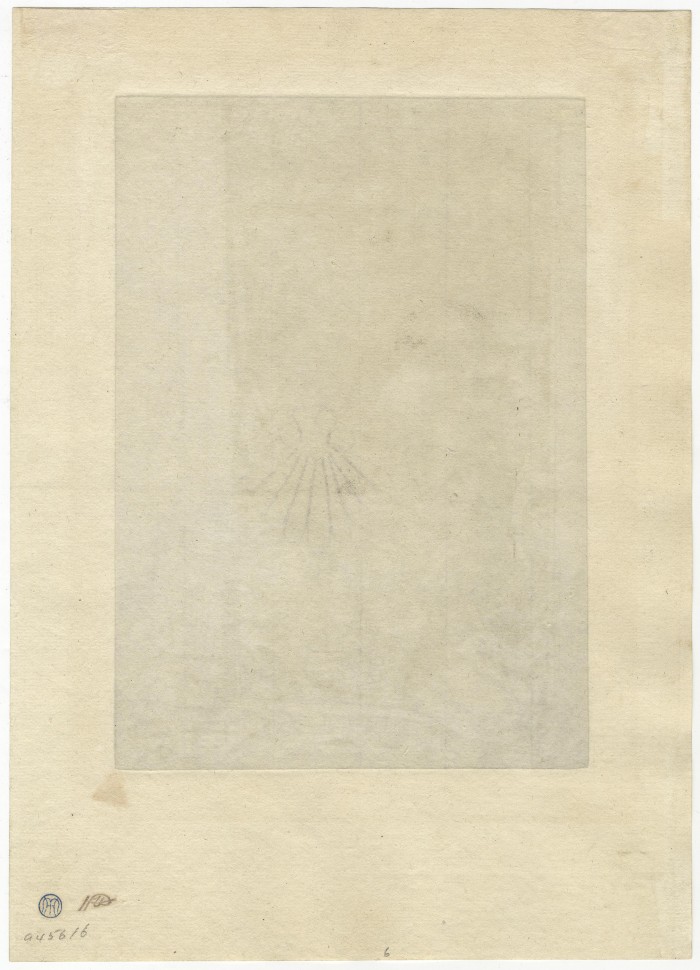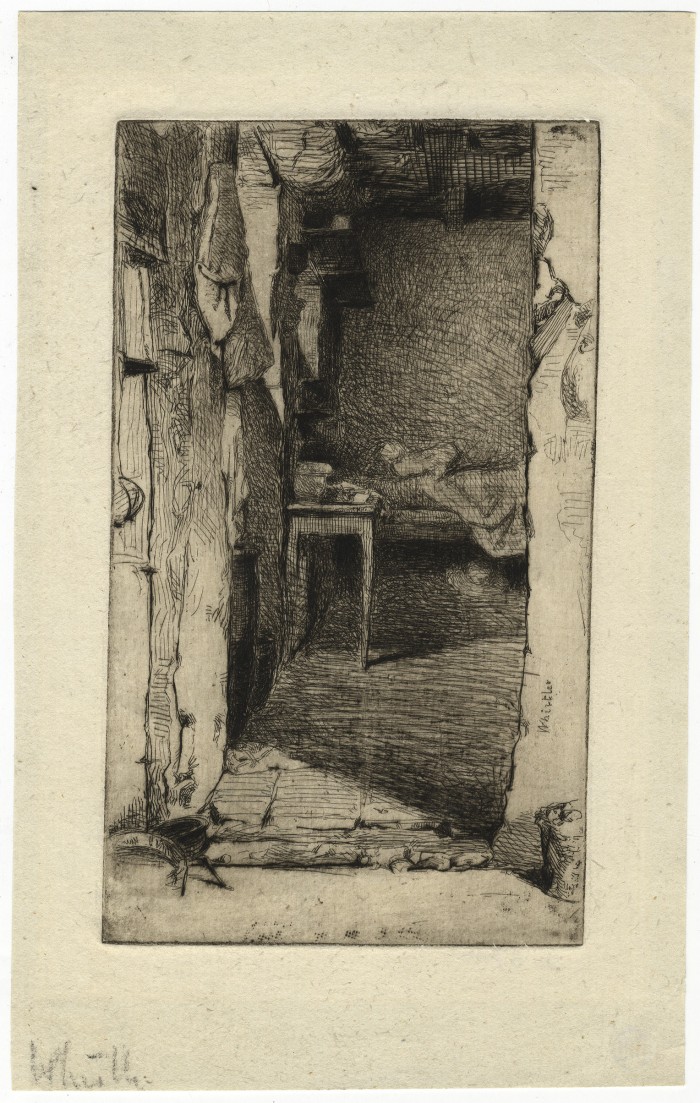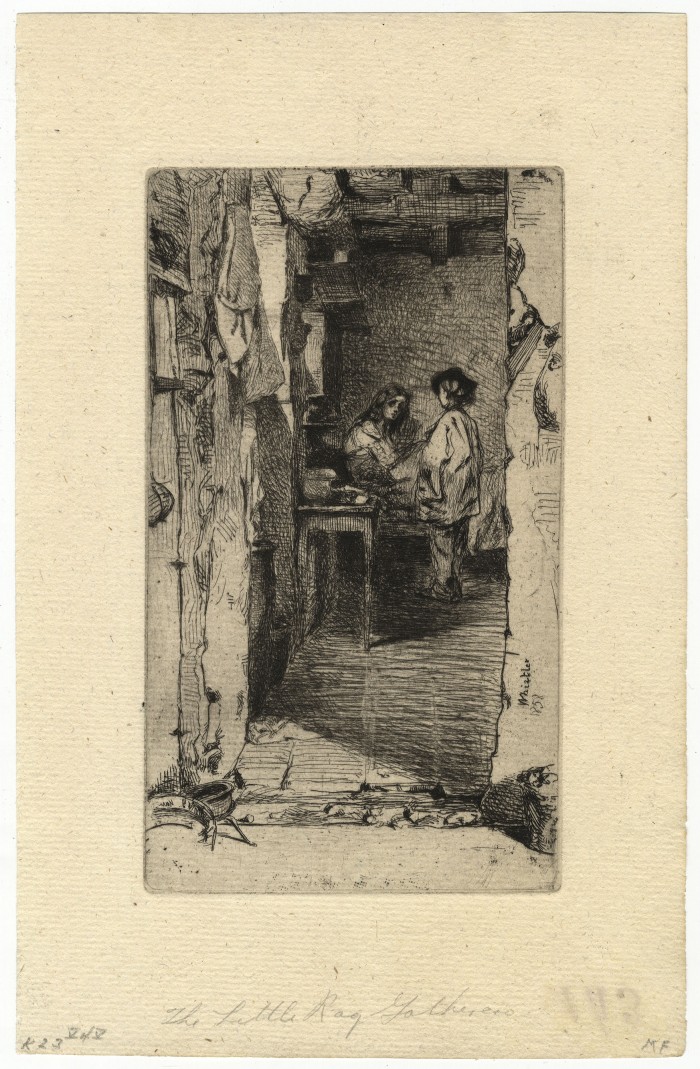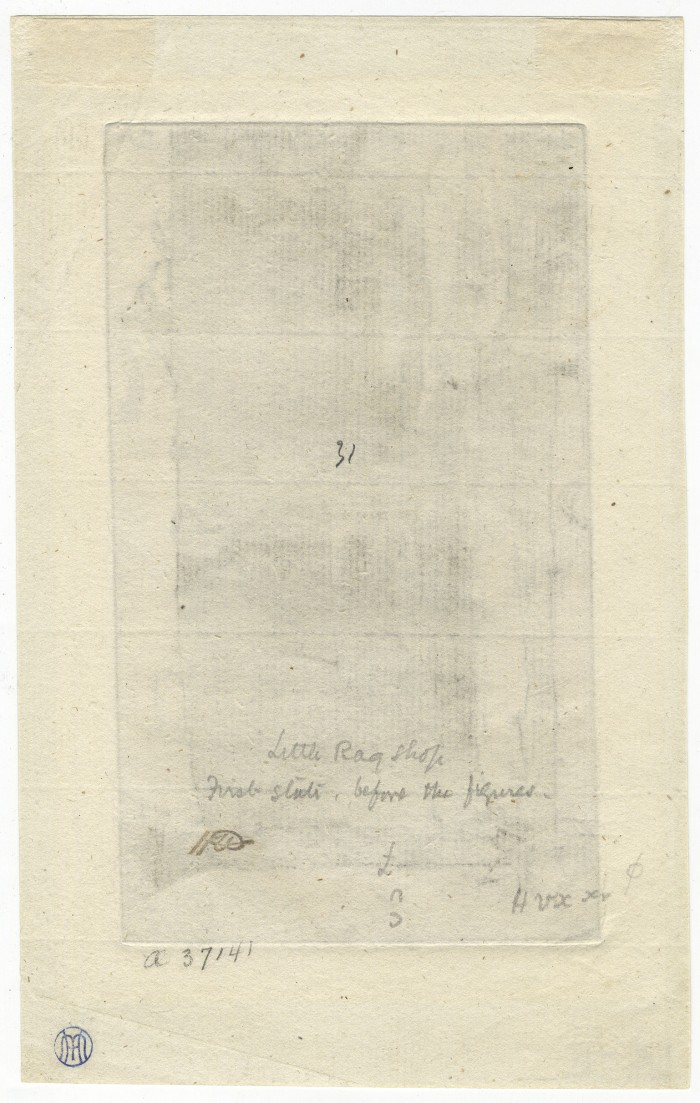Pyramid of Gaius Cestius near Porta S. Paolo
Thursday, March 28th, 2013Giovanni Battista Piranesi (1720-1778), Piramide di Caio Costio Vicino alla Porta S. Paolo (Pyramid of Gaius Cestius near Porta S. Paolo), etching, 1745, signature lower left. Amidei, 1745. Focillon 110, Wilton-Ely 54. From the First Edition of Varie Veduti di Roma Anticha e Moderna. In very good condition, with wide margins, marginal soiling and slight fraying left edge well outside of image, ink number upper right outside of plate mark.
A fine fresh impression; monumental in scope although in a small-scale format (5 x 7 inches). With margins (sheet is 8 7/8 x 13 inches).
The first edition is before the numbers (Tom II. pag 19) upper left and the number upper right (72) as pictured in Wilton-Ely (his illustration is from the Venuti edition of this plate, published in 1763).
The small views of Rome of the Varie Vedute, made at the outset of Piranesi’s career, were not re-issued in later editions of his collected works, since the plates were sold directly to publishers by Piranesi. They were used to illustrate guidebooks to Rome until the mid-1760’s.

